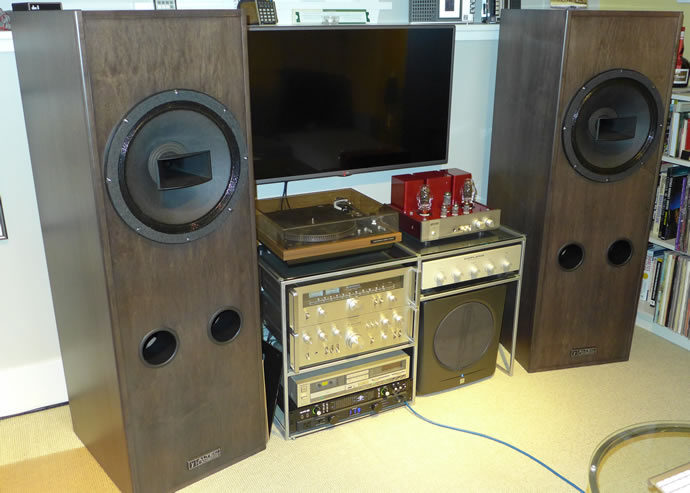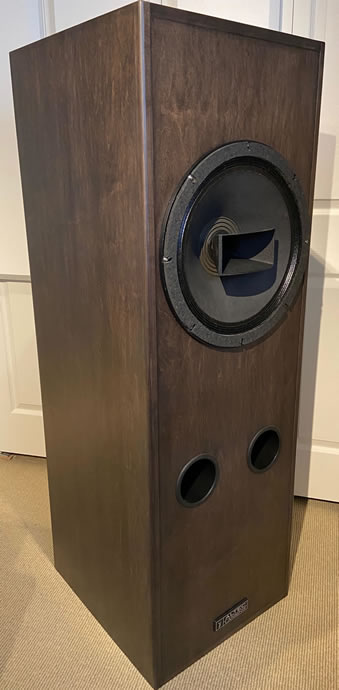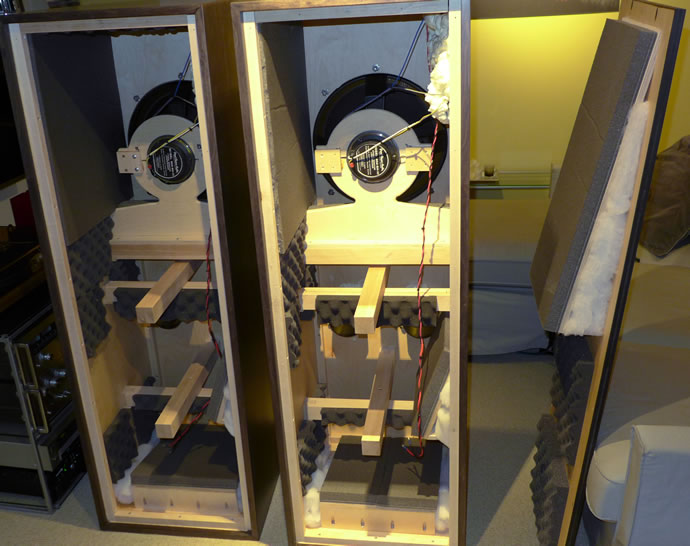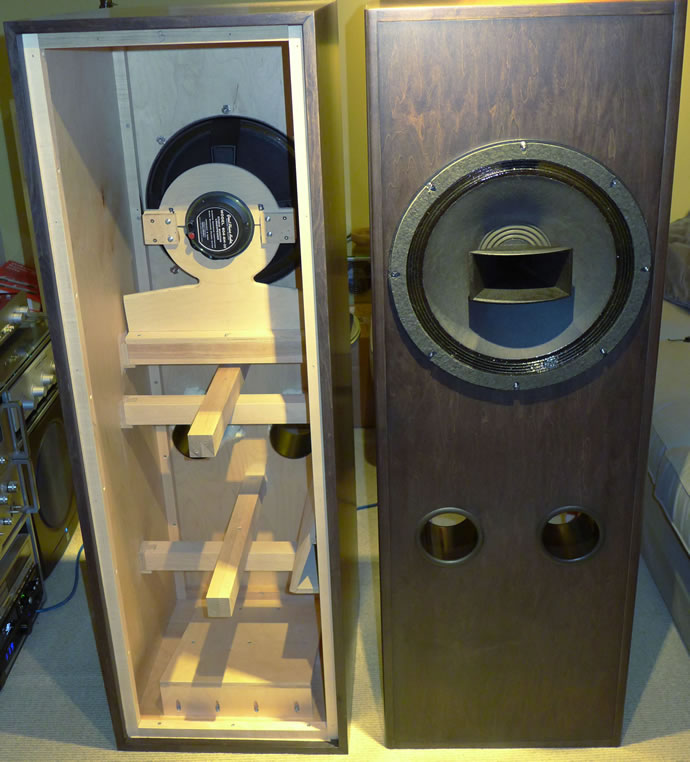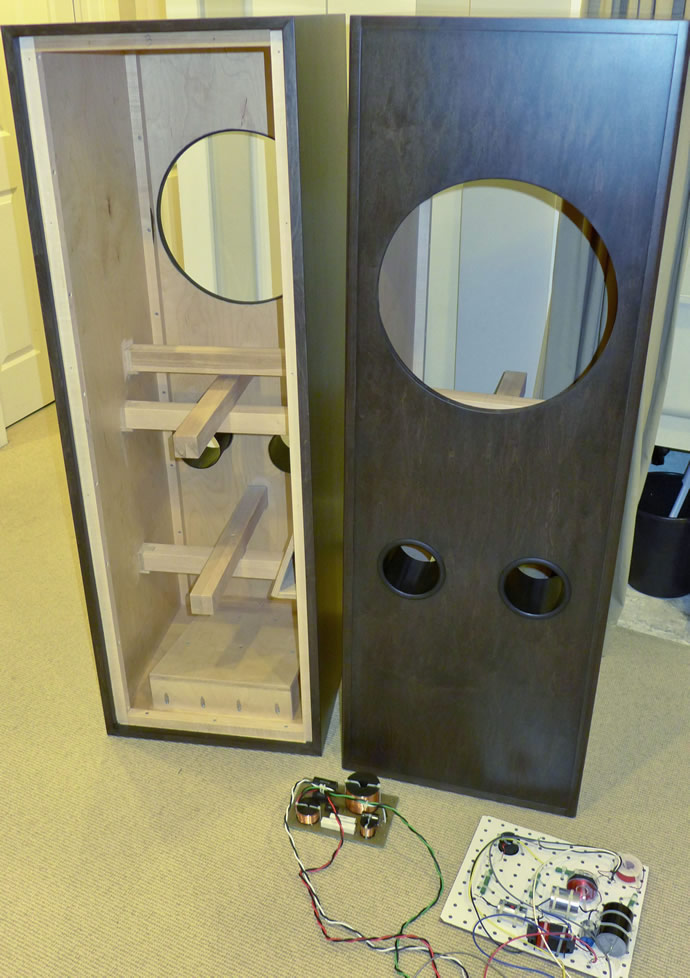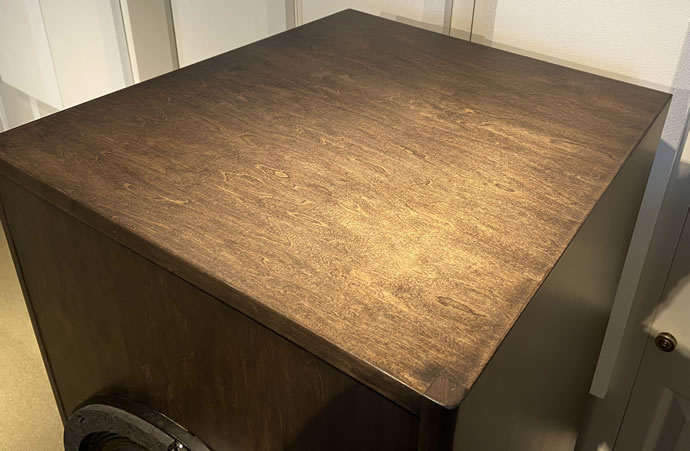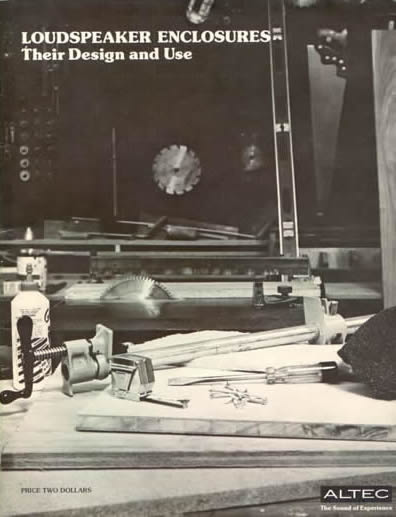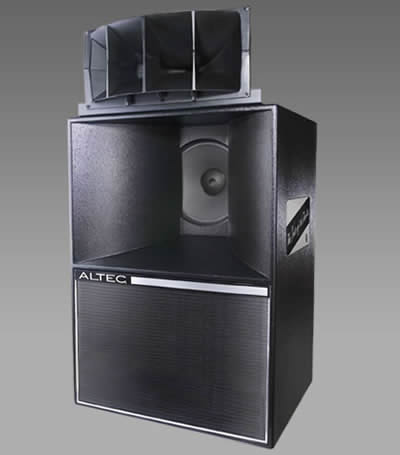Altec Lansing 604 Studio Monitors
Great Plains Audio 604-8H-III drivers with Rick Craig Cross-overs (2016-2020)
[Click on images to bring up hires versions]
This pair of Altec Lansing/GPA 604-8H-III studio monitors was built with custom crossovers by Rick Craig, in stunning 9 cubic-foot maple plywood cabinets (54"H x 18"W x 20"D, approx 125lbs). >US$8000 invested to build these speakers in 2016.
Cross-over design notes from Rick Craig, owner of Sehal Audio (noted audiophile and maker of high end custom speakers in North Carolina) ...
"One of the main differences [in comparison to the stock Altec crossovers] is that I added a conjugate network to make a smooth impedance which benefits owners that have tube amps with high output impedances. This helps give a consistent frequency response regardless of what amp is used. The original crossover had some issues with correcting the driver responses on both the horn and woofer. This is a difficult design in that the horn is a little too small for the diameter of the woofer. There are also resonances to deal with in the upper end response of the woofer and lower end of the horn.
I wanted to have a smooth transition between the two and minimize the effects of the resonances. I also looked at improving the power response so that it was more uniform off-axis. That area is probably most responsible for the negative feedback on the original crossover. This wasn't an easy task due to the minimal driver overlap but I avoided off-axis peaks which really color the sound. I used some female vocal recordings to voice for a balance that sounded the most natural."
The carefully designed angled standing wave panels with 3 different densities of damping materials (1-1/4" Sonic Barrier, Waffle/Egg-Crate foam and lose packing) - on alternating surfaces (the new owner can adjust the amount of damping used as a trade-off to the base response desired) - I used a sub-woofer to allow me to opt for 'critically damped' conditions to control the mid-range frequencies in addition to bass frequencies (see section of damping materials later on)
The unique back support brace for the very heavy 604 driver ...
Another photo of the interior maple bracing and a comparison of the original cross-over and the new more complex cross-over...
A closeup of the beautiful maple wood and stain - the look I was going for was 'serious studio monitor' with a bit of warmth ...
In-room uncorrected frequency response measurements:
Left Channel
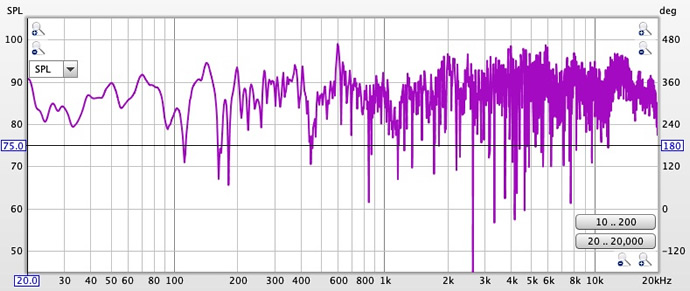
Right Channel (note, this speaker placement is close to the wall, therefore the uneven low frequency curve)
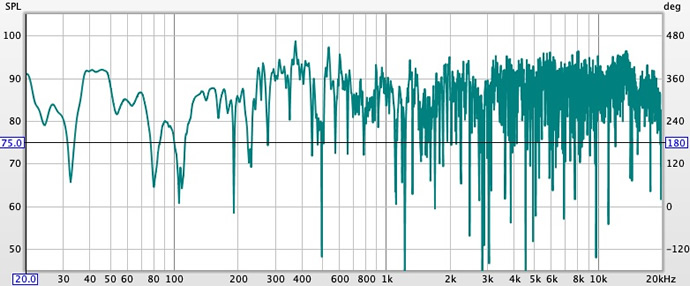
Left + Right Channel
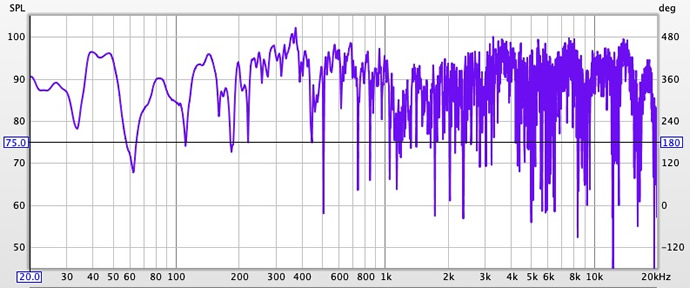
Notes on internal speaker damping:
Many Altec speaker designers/owners prefer to under-damp the internal speaker enclosures to create a 'more lively' sound. Damping material type, placement and amounts can have fairly dramatic impacts on both the low frequency response/levels and the mid-range sound the speaker produces - more damping will tighten up the sound but may make the speaker sound too dry or flat/lifeless to some people, and the lower frequencies can be damped too much, reducing the bass response - especially as it relates to the bass sound waves traveling to the bass reflex ports.
The design of these speaker cabinets involved careful consideration of the internal standing waves that develop when there are parallel surfaces, and the cabinet walls can start to resonate, coloring the sound - you don't want sound waves to reflect back onto the back of the speaker cone and interfere with the fidelity of the sound being projected forward towards the listener. Some people actually like the sound of a cabinet with thinner walls that resonate, adding color and energy to the overall sound, and want more bass response and don't mind the additional coloration of the sound that can result from under-damping the interior. I chose to use Sonic Barrier 1-1/4" insulation (very good with damping low and high frequencies) on alternating surfaces throughout the interior, with some areas being treated with less absorbing waffle foam (does not damp low frequencies very effectively). I was looking for an accurate/dry sound that is prized in true studio monitors - perhaps lacking some 'color' and 'energy' to some ears, but more accurate and higher fidelity.
If you wish to achieve a more traditional 'lively' sound with stronger bass response you can simply open up the back of the cabinets and use a utility knife to cut out strips of the Sonic Barrier (up to 60-70% overall) and also remove some of the waffle foam and even the lose damping material that has been placed behind the angled baffles - this will increase the low frequency energy reaching the reflex ports, extending the bottom end, but will add some color to the mid-range of the sound being projected forward. Experimentation is required to achieve the 'sound' that you are looking for. As I said, I wanted a dry/accurate sound and since I deployed a sub-woofer in my system I was not worried about bass response.
Speaker Cabinet Drawings and Invoice:

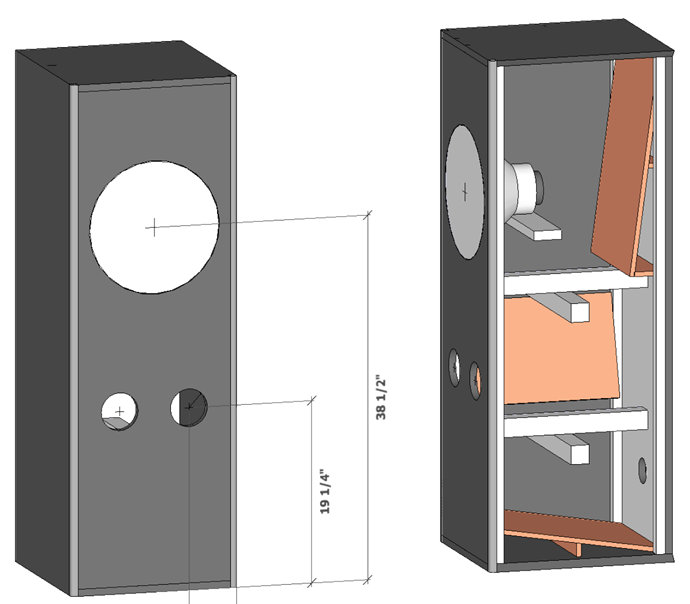
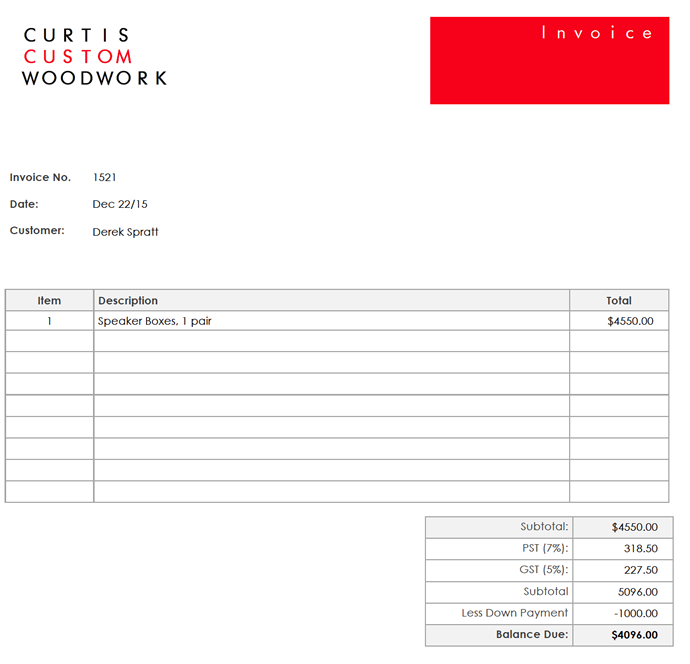
Driver details and specifications:

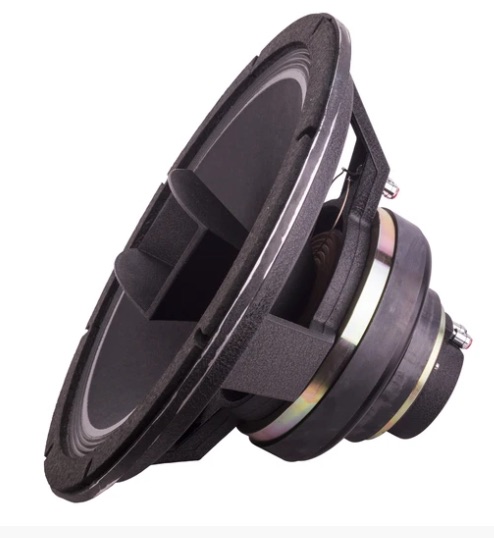
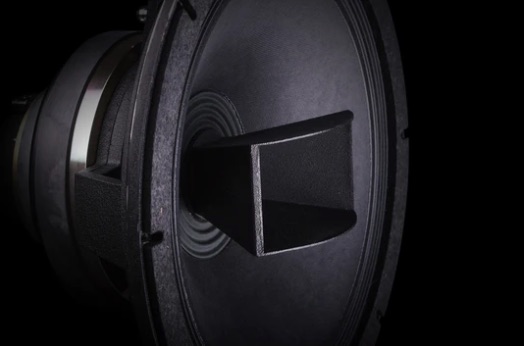
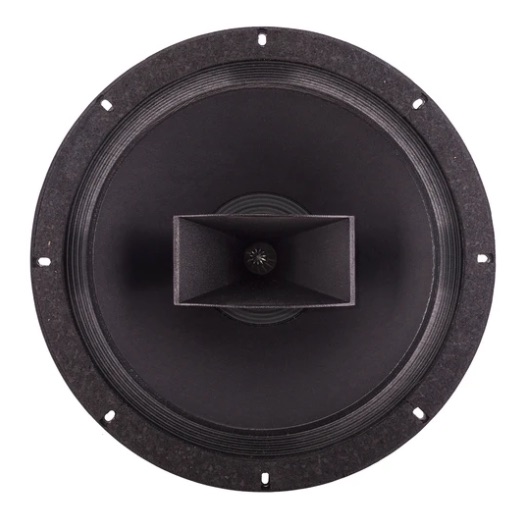
For full GPA 604-8H-III specifications, click here
GPA 604-8H-III website link: https://great-plains-audio.myshopify.com/products/604-8h-iii
My personal history with Alec Lansing speakers ...
I saw my first Altec Lansing 'Voice of the Theatre' speakers in an auditorium at the Banff School of Music in 1973. I had already become a keen stereo buff and knew that Altec Lansing made the most popular recording studio monitors in the world at that time: the 604s, and the A7s were also regarded as top flight speakers for larger venues. I sent away to Altec to get their speaker catalog and spent a lot of time dreaming of building my own Altec Lansing monitors for myself.
This is the Altec Lansing speaker design manual that got me motivated to build a set of studio monitors (I was originally thinking of building a set of speakers that used the Altec Lansing 'Voice of the Theatre' components, and in fact the cabinets I built were sized for the same Altec 811B 18.5" wide high frequency horn and Altec 414-8A 12" low frequency driver, but in the end I found that I could not afford those components no matter how much baby sitting or paper route work that I did, and chose suitable Philips speakers which were lower cost - I flipped the lower cabinets upside-down and put the dual 2" mid-range drivers where the slot for the Altec bass driver originally had been envisioned - see below):
Click here to read the whole 1974 Altec 'Loudspeaker Enclosures - Their Design and Use' Catalog
This is the famous Altec Lancing 'Voice of the Theatre' speaker which was the leading professionally installed speaker in theatres, rock concerts, and even some recording studios from the 1950s to the late 1970s (and which had inspired my imagination since grade 7 when I first came across a pair of them while at the Banff School of Music):
Click here to read the Altec Lancing Voice of the Theatre owners manual

